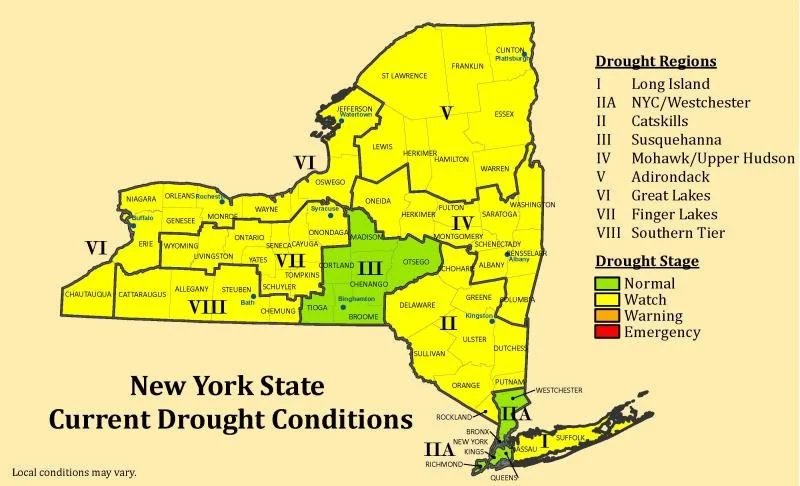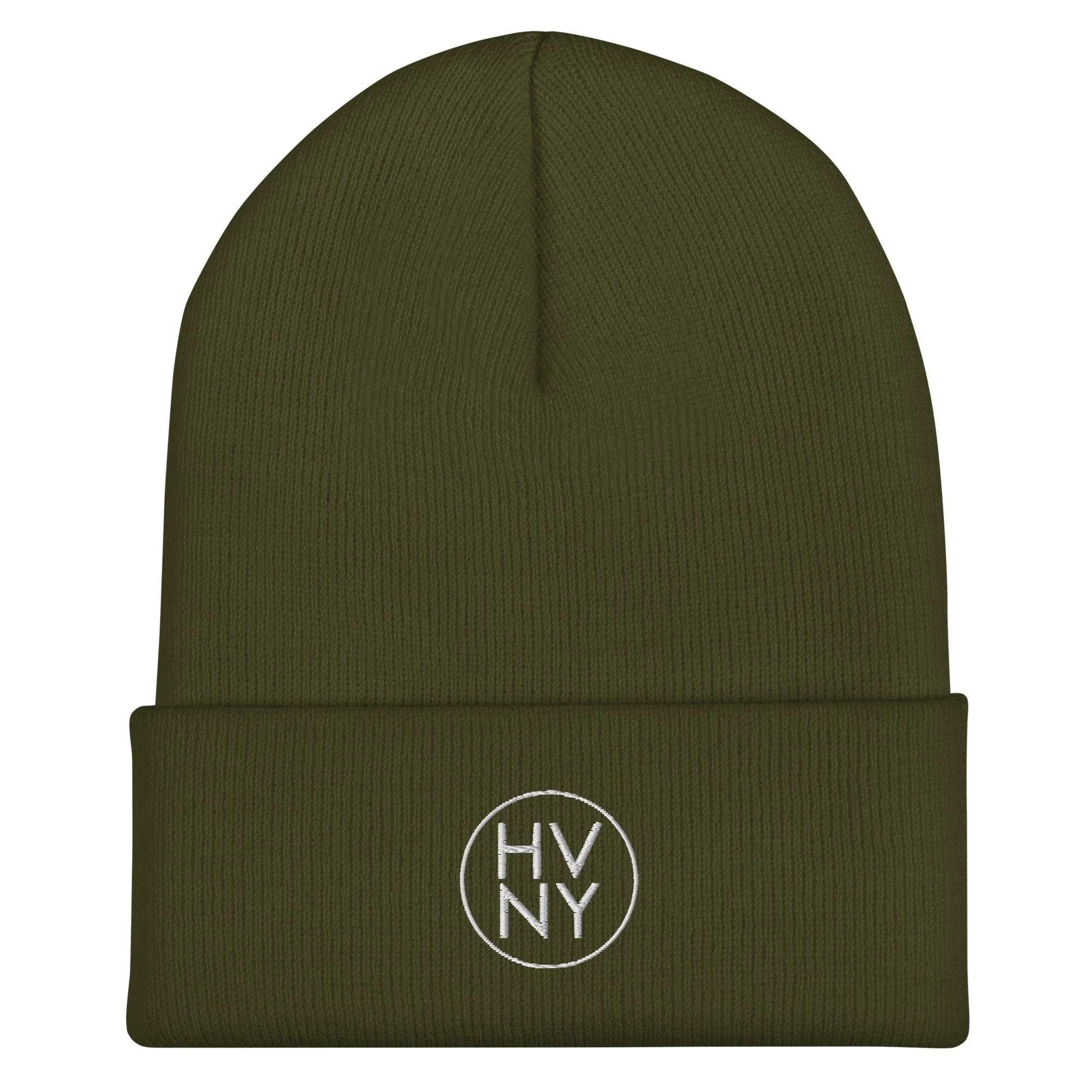Drought watch in effect
50 counties in New York State are currently under a drought watch, according to state officials.
Officials are encouraging residents in affected counties, particularly those dependent on private groundwater wells, to conserve water whenever possible over the coming weeks.
“The dry conditions experienced by many regions throughout the summer are continuing into September,” New York State Governor Kathy Hochul said. “New York State experts are closely monitoring data and conditions on the ground to safeguard our water supplies and recommend appropriate action, which now includes taking simple steps everyone can do to help conserve water.”
No mandatory restrictions are in place under a drought watch. The expanded drought watch now include the counties of: Albany, Allegany, Cattaraugus, Columbia, Cayuga, Chemung, Delaware, Dutchess, Fulton, Greene, lower Herkimer, Livingston, Montgomery, Oneida, Onondaga, Ontario, Orange, Putnam, Rensselaer, Rockland, Saratoga, Schenectady, Schoharie, Schuyler, Seneca, Steuben, Sullivan, Tompkins, Ulster, Washington, Wyoming, and Yates.
The drought watch is triggered by the State Drought Index, which reflects precipitation levels, reservoir/lake levels, and stream flow and groundwater levels in the nine drought regions of the state.
“Observed precipitation over the past 90 days has been less than normal across the affected counties,” officials said in a release. “Stream flows and groundwater levels are below normal throughout much of the affected regions. Groundwater levels have declined in certain areas and may not recover in the immediate future due to the existing precipitation deficit.”
To protect water resources, the state encourages homeowners to voluntarily reduce outdoor water use and follow these tips:
Water lawns only when necessary, choose watering methods that avoid waste, and water in the early morning to reduce evaporation and maximize soil hydration;
Reuse water collected in rain barrels, dehumidifiers, or air conditioners to water plants;
Raise lawn mower cutting heights. Longer grass is healthier with stronger roots and needs less water;
Use a broom, not a hose, to clean driveways and sidewalks;
Fix leaking pipes, hoses, and faucets;
Wash only full loads of dishes and laundry;
Take shorter showers or fill the bathtub partly;
Install water saving plumbing fixtures;
Don’t run the tap to make water hot or cold; and
Wash cars less frequently.
For more water saving tips, visit DEC's Water Use & Conservation webpage
View Map of New York State Drought Conditions

Support Hudson Valley news + events
ADVERTISEMENT:






























